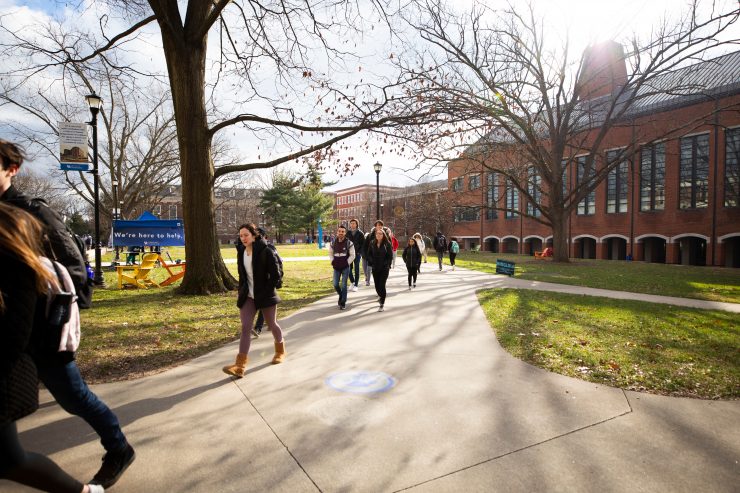Although I’ve followed the Intersectional Environmentalism movement for several years on social media, I did not begin extensively researching the topic until last semester, when I was given the opportunity to write a final essay on any interest of choice. I chose Intersectional Environmentalism.
I didn’t choose the topic because I was an expert on the movement, in fact, it was exactly the opposite. I didn’t know nearly enough about Intersectional Environmentalism, so I dedicated the semester to diving deep into the history of the movement and learning about its importance. I quickly found that the idea couldn’t be summed up in just one essay or article. In a series of WholeSum posts over the next few weeks, I hope to expand on the topic, bring awareness to the movement, and share with you what I’ve learned about Intersectional Environmentalism.
A Brief History of the Movement
In 1989, Kimberle Crenshaw coined the term intersectionality to describe the ways certain people, especially people of color, are positioned at an intersection where they face overlapping discrimination. Intersectionality wasn’t historically incorporated into environmental spaces until 2014 when a college student named Leah Thomas saw the need for a new environmental movement that advocated for both the people and the planet.
While studying for an environmental policy degree, Thomas began to learn about how environmental hazards disproportionately affect Black people and BIPOC (Black, Indigenous, and people of color). While marginalized groups experienced social injustice at a higher rate, they faced a greater risk of experiencing environmental injustices, as well. In order to educate others about her findings, Thomas created an Instagram account, website, and blog that quickly went viral. She cultivated a space for marginalized individuals to participate in activism, where they could access unbiased information about the need for intersectional environmentalism and the reality of climate change. Since then, intersectionality has become foundational to environmentalism, where one can no longer exist without the other.
Why is Intersectional Environmentalism Important?
It is impossible to separate environmental injustice from social injustice. Intersectional Environmentalism upholds the belief that neither problem can be fixed unless both are addressed. There is a greater need for intersectionality within environmental discourse now, more than ever, because the frequency of both social and environmental injustices continues to rise. The individuals on the frontline of this intersection have been excluded from the conversation for far too long. As members of a community striving for a more sustainable future, we must be sure that our idea of a sustainable future includes everyone.
So, How Do We Put Intersectional Environmentalism Into Practice?
The first step is education. Educating ourselves and those around us is fundamental to the intersection of social and environmental justice. There are numerous resources online about the Intersectional Environmentalism movement and Thomas’ website is a great place to start.

When we become educated on the movement, we can begin to incorporate intersectionality into our conversations about the environment. On her website, Leah Thomas states, “Conversations within environmental spaces cannot minimize or ignore the injustices targeting vulnerable communities, but rather, denote the ways social inequalities influence our perception of environmentalism, regardless of how subtle.” It’s important to understand that we can’t speak about environmental issues without also addressing the way some people are more at-risk than others, and asking ourselves why that disparity exists.
Intersectional Environmentalism means that we not only advocate for the planet, but for all people.
Intersectionality is the future of environmentalism. In order to change the previous, traditional narrative, we must be willing to acknowledge the shortcomings of our activism, learn about how to expand our definition of environmentalism, listen to the experiences of others, and amplify those voices when we can.
Originally published March 1st, 2022

Learn more about Intersectional Environmentalism by visiting Thomas’ website: https://www.intersectionalenvironmentalist.com/



























